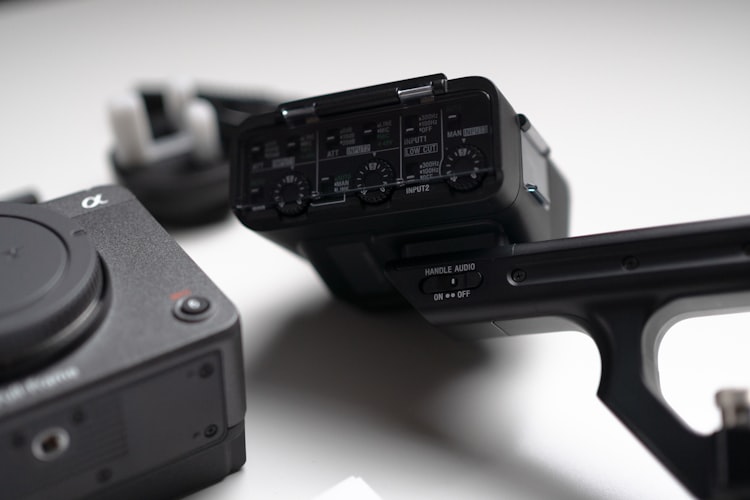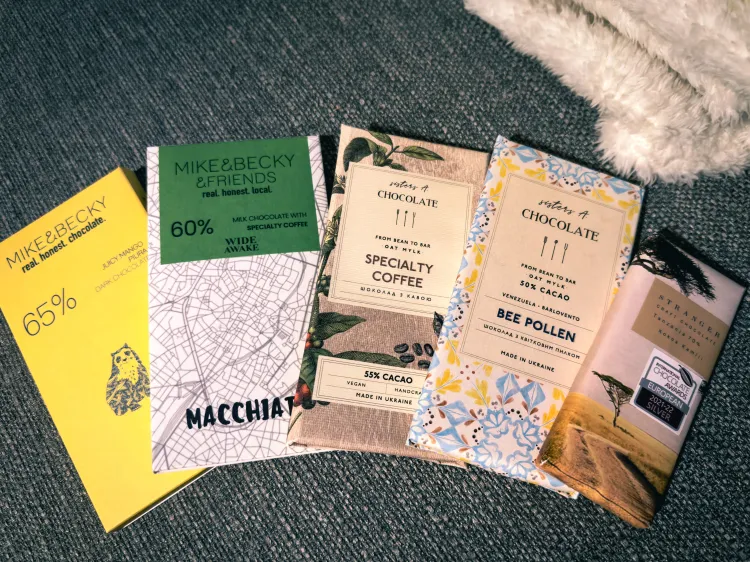Packing for Europe in Winter: Carry on Only

As winter blankets Europe in a magical layer of snow (or freezing rain), the continent transforms into a charming winter wonderland (or slushy mess). From the festive Christmas markets to the iconic landmarks, a winter trip to Europe promises unforgettable experiences. However, packing for winter travel in carry-on sized luggage requires some hard choices and careful consideration to ensure you stay warm and comfortable. In this guide, we'll walk you through the essentials for packing for Europe during the winter months.
Best Practices
- Check the Weather Forecast: Before you start packing, research the weather conditions of the specific cities you'll be visiting. Europe's climate can vary greatly especially during the winter, so knowing the forecast will help you tailor your packing list accordingly. For us going to such a wide range of places like the south of Germany to Oslo and Copenhagen the weather was cold and colder.
- Get a Puffer Jacket: just do it, buy a high-quality, puffer jacket (synthetic or down filled) that will keep you warm in the near to sub-freezing temperatures. choose a waterproof and windproof option to protect yourself from rain, ice or snow. We would recommend something that is relatively plain and simple that can work in multiple situations…choose function over fashion... but something that works with all of your outfits.
- Layering is Key: Rather than relying on one heavy coat, pack multiple layers. Thermals, sweaters, puffy jackets, and rain/snow shells can be mixed and matched to the weather for the day. Depending on where you are traveling this can also help in reducing the amount and size/weight of clothing you are bringing.
- Winter Accessories: Don't forget to pack essential accessories like gloves, a hat/beanie, and a scarf. These items not only keep you warm but also add a touch of style or color to your winter outfits. Consider a travel scarf that can double as a blanket for long train or bus rides.
- Footwear: Walking is often the preferred and quicker mode of transportation in many European cities, so comfortable shoes and waterproof boots are a must. Ensure your footwear has good traction to navigate slippery streets and cobblestone pathways (especially after it rains or snows) as sidewalks were not always cleared. We brought one pair of standard shoes and one pair of waterproof boots and found this to be a great mix of footwear.
- Pack Mix-and-Match Clothing: Select versatile clothing items that can be mixed and matched to create different outfits. This is why we like to wear earth tones… they are almost always in style… and they are easy to match with each other. Similar colors also make washing them easier as they can all be thrown in together as European washers and driers often taken 3+ hours for a single load
- Batteries and Adapters: Winter days are colder which causes batteries to drain quicker, and you'll likely be using your camera and smartphone for photos and navigation. Pack extra batteries and/or a battery bank to charge your phone or camera on the move. Many of the long distance trains and bus may have outlets at your seat, but the local transit may not have any outlets. This can put you in a tough spot if you are out for the whole day
- Medication and Toiletries: Bring any necessary medications, as well as any other basics. Cold temperatures and changes in weather can sometimes affect allergies , so it's better to be prepared. Additionally, pack travel-sized toiletries to save space in your luggage or get reusable travel bottles (i.e <100ml or 3.4oz).
- Backpack for Day Trips: A compact backpack is handy for day trips and excursions. It can carry your essentials, such as a water bottle, snacks, camera batteries, battery bank, and an extra layer, in case it rains or snows. Just something small light and packable.
- Travel Documents: Keep your passport, travel documents, and a copy of your accommodations reservations in an easily accessible location. Finding addresses on the fly can be difficult so knowing where you are going and what you are looking for will not only save time but can help prove at the border that you have the required funds to support yourself on vacation.
Packing Lists
Kayla:
- Puffer Jaket
- Shell Jacket
- Winter Hat
- Gloves
- Boots
- Walking shoe (sneaker for me)
- 2 seaters
- 2 tank tops
- 1 fleece button down
- Two long sleeves/turtlenecks
- Bathing suit
- Fleece leggings
- 2 fleece lined jeans
- 2 pair of regular jeans
- Fashion scarf
- Wool Socks
- Pajamas
- Camera
- Laptop
- Packable daypack
- Kindle
- Headphones
- Ear plugs
- Chargers
- Adapter (EU)
- Toiletries
Ben
- Shell Jacket
- Puffer Jacket
- Gloves
- Scarf
- Thermal ball cap
- 1 sweater
- 3 button up flannel shirts
- 2 base layer tops
- 2 base layer bottoms
- 2 long sleeves
- 4 t shirts
- 3 pairs of jeans
- Thermal Socks
- Underwear
- Wonder boots
- Toiletries
- Walking shoes
- Ear plugs
- Camera bag full of electronics ->





